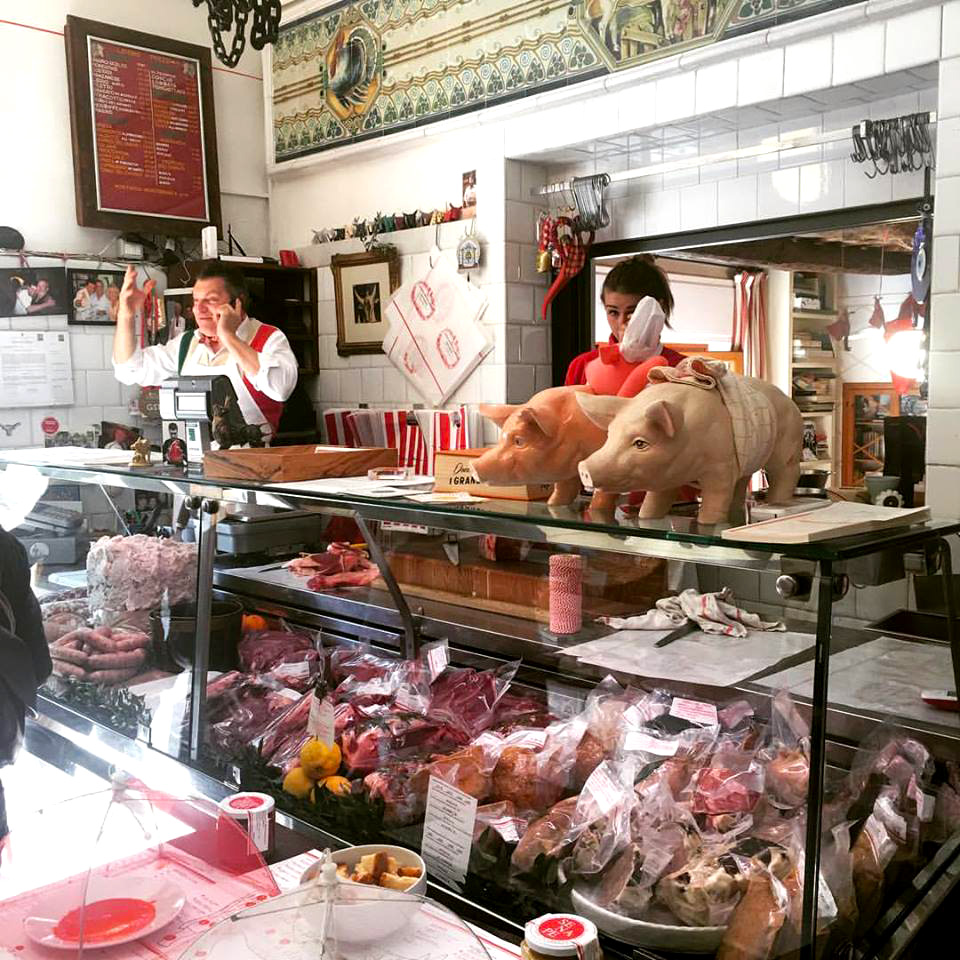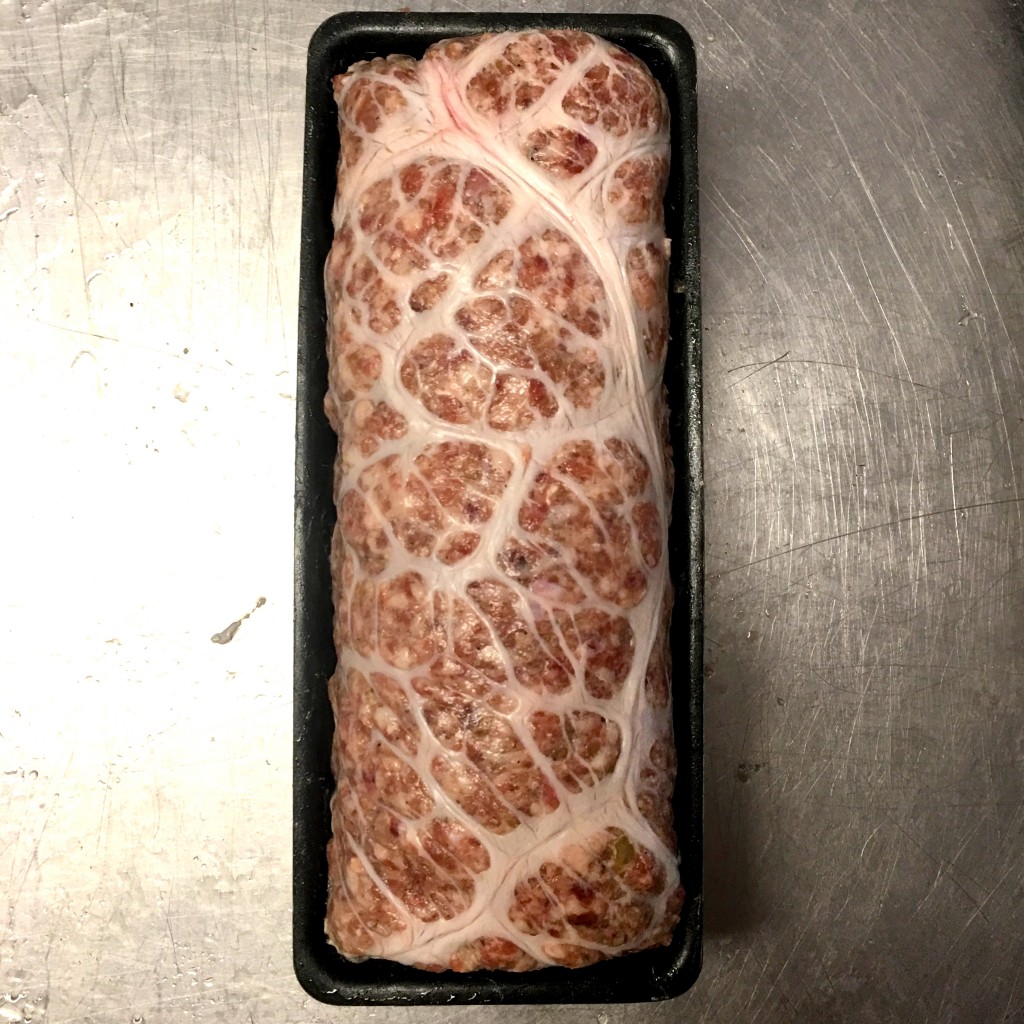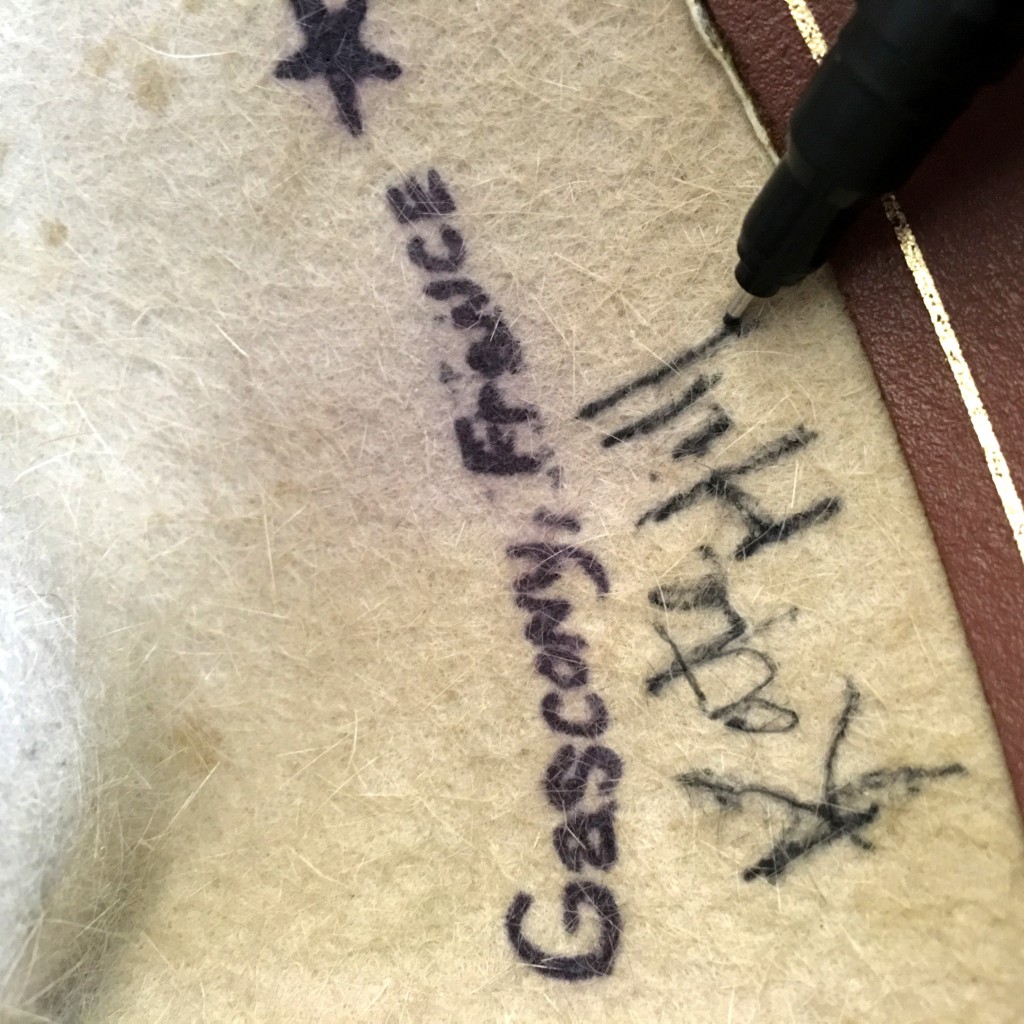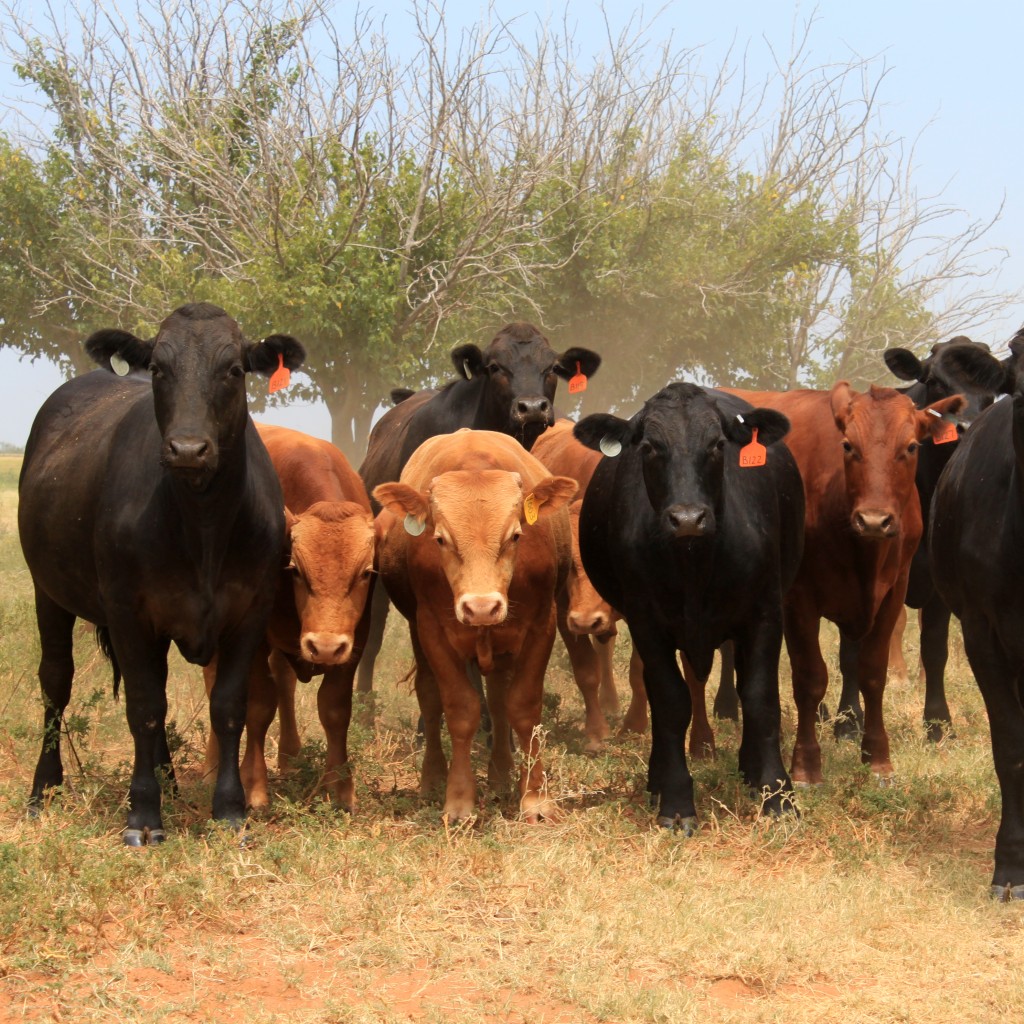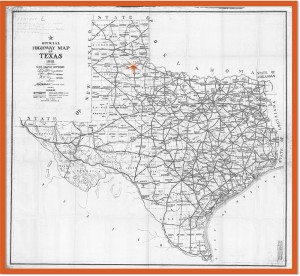Monday morning, I was in Antica Macelleria Cecchini at 7:55 sharp with my knife roll in hand and ready to cut meat. Slowly, employees donning the signature red Dario Cecchini shirts and jackets trickled in. I was introduced to Samuel (Samu) and Jadava, two young butchers that would be teaching me this week and after a cup of mocha from the kitchen, we gathered around the meat case to receive orders from Dario. My Italian was non-existent so I didn’t pick up much of the instructions, however, I did notice that Dario uses his hands to punctuate his dialog and he loves to use the word "allora" – meaning “so.” Jadava translated the day’s instructions to me as we filed out of the shop and headed to the laboratory – Dario’s meat cutting facility that lay on the outskirts of town. Jadava gave me a quick tour and then got to work. I watched as he and the other butchers began breaking down rounds (back leg of a cow) and after observing for an hour or so, I offered to give them a hand with what I thought was some simple, basic cutting. Jadava then told me,
No, non fino a domani.
No, not until tomorrow would I be able to cut. That’s like telling a six-year-old he can’t unwrap Christmas presents until December 26th.
While Jadava broke more rounds down, I eased over to the next room to watch Samu cut porterhouse steaks the old fashioned way – with the use of a meat cleaver. Dario is all about getting back to the traditional way of butchery and that means using as little modern machinery as possible. The “small” steaks Samu cut were a custom order for a butcher shop in Berlin, but he said,
Wait until you see the ‘Steak of Dario'.
I saw what he meant. Kim, Dario’s wife, invited me to the Officina Della Bistecca, the crown jewel of Dario’s three restaurants that evening. While I waited to be seated, I mixed and conversed with a few American couples. It felt good to hear a familiar tongue and to get a little break from Italian. We were seated upstairs near the grill – a perfect place to watch the show.
Dario’s experience at Officina Della Bistecca is like no other - It consists of a six-course family-style meal entirely devoted to beef. It takes place directly above the butcher shop in dining hall heavily adorned with local Tuscan art. In the center lie two great grilles and a butcher’s block. This is where the magic happens. When at capacity, which is usually every night, the dining hall is capable of hosting 60 people.
The Dario experience went like this:
- The first course was the Sushi of Chianti - a very simple and plain beef tartare. It's not dressed up like those you might find in French or American cuisine. The absence of other ingredients allows you to really taste the meat.
- Next was the Carpaccio de Culo – the “ass of the cow” as Tommaso, the master of the dining hall explained.
- Then, mid-way through an incredibly thin and delicious slice of Carpaccio, the hall was suddenly drowned with the sounds of a horn - Dario was entering the room. With two massive rib-eyes held in his outstretched hands, he thanked everyone for joining him in his booming voice. Next, he introduced his staff and then at the top of his lungs, he presented La Costata alla Fiorentina. It gave me chills – I had watched Dario’s famous presentation on YouTube many times, but now it gave me goosebumps to get to hear it live. Then after shaking a few hands and kissing a few babies, Dario descended to the butcher shop once more.
- The rib-eye was followed by the Bistecca de Panzanese(Steak of Panzano), which is an invention of Dario's that comes from the top round or the heel, located adjacent to the bottom round.
- By this time, most of us were already bulging from consuming so much food, but we still had yet to try the Bistecca a la Fiorentina (the Porterhouse), which is the pride of the restaurant and the entire region for that matter.
- And of course, throughout the entire meal, we were showered with garlic bread, fresh vegetables, and amazing Tuscan beans.
So what’s the big deal? Anybody can sell a steak, but the “maestros” sell the sizzle. Dario sells the sizzle better than anyone else. He presents each steak, giving thanks to his crew and the animal for its sacrifice. You can see he is truly passionate about his work. He might throw a few lines of the great Tuscan poet Dante into his presentation as well, but he always ends his presentation the same –
Viva La Ciccia
…E chi
La Stropiccia!”
Roughly translated – long live the meat and he who creates it.
Lastly, He asks,
To beef or not to beef?
Believe me, I beefed hard!










